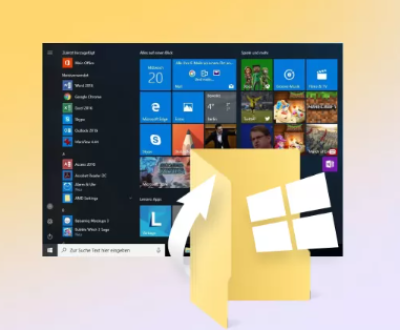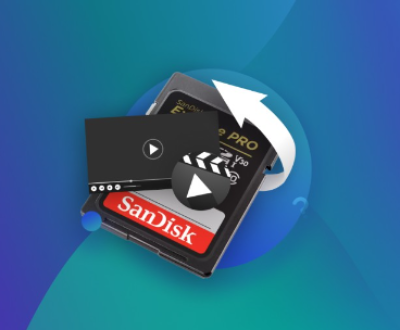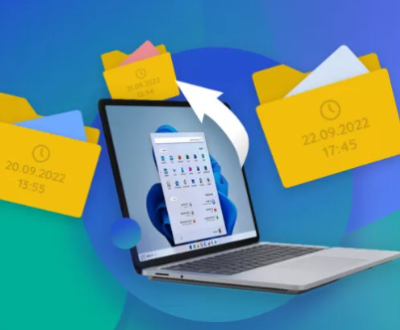External hard drives are essential tools for data storage, backup, and transfer. However, encountering an issue where your external hard drive is not showing up in Disk Management can be frustrating and worrisome, especially if you have important data stored on it.
1. External hard drives are essential tools
When an external hard drive is not showing up in Disk Management, it means the drive is not being recognized by the operating system. This could be due to hardware, software, or connection issues. Disk Management is a Windows utility that allows users to manage their drives, including formatting, partitioning, and assigning drive letters. If the drive doesn’t appear here, it won’t be accessible in File Explorer either.

2. Common Causes of the Issue
Before diving into troubleshooting, it’s important to understand the potential causes of the problem:
Connection Issues: Faulty USB cables, ports, or adapters.
Driver Problems: Outdated or corrupted drivers.
Power Supply Issues: Insufficient power for the external drive.
File System Corruption: The drive’s file system may be damaged.
Partition Issues: The drive may have missing or corrupted partitions.
Hardware Failure: Physical damage to the drive or its components.
Operating System Glitches: Temporary bugs or errors in Windows.
3. Preliminary Checks
Before proceeding with advanced troubleshooting, perform these basic checks:
3.1. Check the Physical Connections
Ensure the USB cable is securely connected to both the external drive and the computer.
Try using a different USB cable or port.
If the drive has a separate power adapter, ensure it’s properly connected and powered.
3.2. Test on Another Computer
Connect the external hard drive to another computer to determine if the issue is with the drive or your system.
3.3. Listen for Drive Sounds
If the drive makes unusual noises (clicking, grinding, or beeping), it may indicate hardware failure.
3.4. Check for Power Issues
Some external drives require more power than a single USB port can provide. Use a powered USB hub or a dual USB cable if available.
4. Advanced Troubleshooting Steps
If the preliminary checks don’t resolve the issue, follow these advanced steps:
4.1. Update or Reinstall Drivers
Outdated or corrupted drivers can prevent the external drive from being recognized.
Press Windows + X and select Device Manager.
Expand the Disk Drives section.
Look for your external drive. If it’s listed with a yellow exclamation mark, right-click it and select Update Driver.
If updating doesn’t work, right-click the drive and select Uninstall Device. Then, disconnect and reconnect the drive to reinstall the drivers automatically.
4.2. Use Disk Management to Initialize the Drive
If the drive is new or hasn’t been initialized, it won’t show up in File Explorer.
Press Windows + X and select Disk Management.
Look for the external drive in the list. If it appears as “Unallocated” or “Not Initialized,” right-click it and select Initialize Disk.
Choose between MBR (Master Boot Record) or GPT (GUID Partition Table). GPT is recommended for newer systems and larger drives.
After initializing, create a new partition by right-clicking the unallocated space and selecting New Simple Volume.
4.3. Assign a Drive Letter
Sometimes, the drive may not have a drive letter assigned, making it invisible in File Explorer.
Open Disk Management.
Locate your external drive. If it has a partition but no drive letter, right-click the partition and select Change Drive Letter and Paths.
Click Add and assign an available drive letter.
4.4. Check for File System Errors
A corrupted file system can prevent the drive from being recognized.
Open Command Prompt as an administrator.
Type chkdsk /f X: (replace X with the drive letter of your external drive) and press Enter.
Wait for the process to complete. This will attempt to repair any file system errors.
4.5. Format the Drive (If Necessary)
If the drive is corrupted and cannot be repaired, formatting may be necessary. Note: This will erase all data on the drive.
Open Disk Management.
Right-click the external drive and select Format.
Choose a file system (NTFS is recommended for Windows) and complete the process.
4.6. Use Data Recovery Software
Panda Assistant is an advanced data recovery software designed to help users retrieve lost or deleted files from a variety of storage devices. Whether you’ve accidentally deleted important documents, lost files due to system crashes, or faced issues with damaged drives, Panda Assistant offers a reliable solution to recover your valuable data. The software is user-friendly and supports a wide range of file formats and devices, including hard drives, USB drives, memory cards, and even RAID systems.
One of the standout features of Panda Assistant is its ability to perform deep scans to locate and recover lost files, even from formatted or corrupted drives. With its powerful algorithms, it can search through sectors of a storage device to identify files that are not easily recoverable by standard methods. Whether you’re dealing with photos, videos, documents, or archives, Panda Assistant can help you recover files from almost any situation.
The program also includes a preview feature, allowing users to check the recoverability of files before initiating the full recovery process. This ensures that you’re able to recover only the files you need, without wasting time or resources. Panda Assistant also offers a secure and efficient recovery process, ensuring that the recovered data is intact and usable.
5. Dealing with Hardware Issues
If the above steps don’t resolve the issue, the problem may be hardware-related.
5.1. Check for Physical Damage
Inspect the external drive for visible damage, such as dents or broken connectors.
If the drive has been dropped or exposed to water, it may be irreparably damaged.
5.2. Remove the Drive from Its Enclosure
If you’re comfortable with hardware, you can remove the external drive from its enclosure and connect it directly to your computer using a SATA-to-USB adapter. This can help determine if the issue is with the enclosure or the drive itself.
5.3. Seek Professional Help
If you suspect hardware failure and the data is critical, consult a professional data recovery service. They have specialized tools and expertise to recover data from damaged drives.
6. Preventing Future Issues
To avoid encountering this problem again, follow these best practices:
Eject Properly: Always use the “Safely Remove Hardware” option before disconnecting the drive.
Use Reliable Hardware: Invest in high-quality USB cables and enclosures.
Keep Backups: Regularly back up your data to multiple locations.
Update Drivers: Ensure your system and drivers are up to date.
Avoid Physical Damage: Handle your external drive with care and store it in a safe place.
An external hard drive not showing up in Disk Management can be caused by a variety of factors, ranging from simple connection issues to complex hardware failures. By following the steps outlined in this guide, you can systematically diagnose and resolve the problem. Remember to always back up your data to avoid permanent loss and handle your external drives with care to prevent future issues. If all else fails, don’t hesitate to seek professional assistance to recover your valuable data.
About us and this blog
Panda Assistant is built on the latest data recovery algorithms, ensuring that no file is too damaged, too lost, or too corrupted to be recovered.
Request a free quote
We believe that data recovery shouldn’t be a daunting task. That’s why we’ve designed Panda Assistant to be as easy to use as it is powerful. With a few clicks, you can initiate a scan, preview recoverable files, and restore your data all within a matter of minutes.
Subscribe to our newsletter!
More from our blog
See all postsRecent Posts
- How to restore deleted images 2025-06-30
- How to restore a deleted file on windows 2025-06-30
- is there any way to restore deleted photos 2025-06-30

 Try lt Free
Try lt Free Recovery success rate of up to
Recovery success rate of up to









